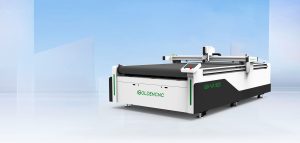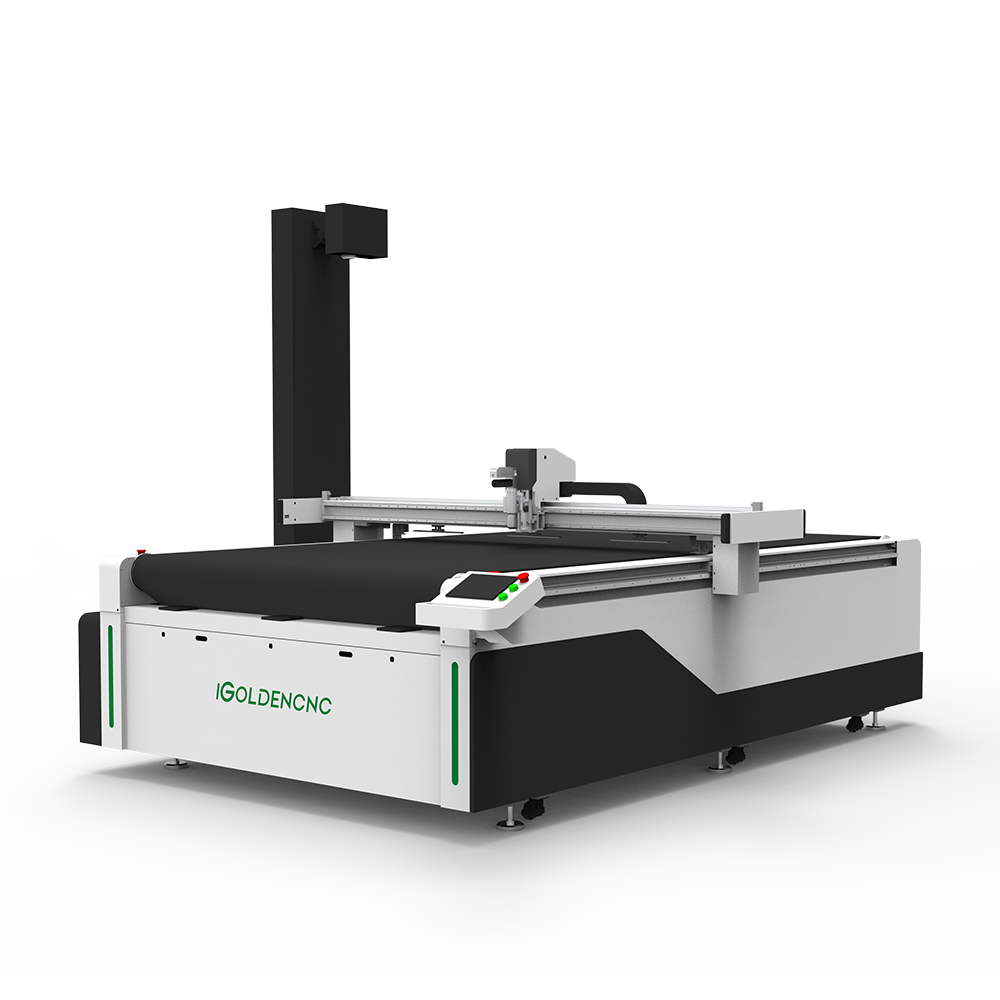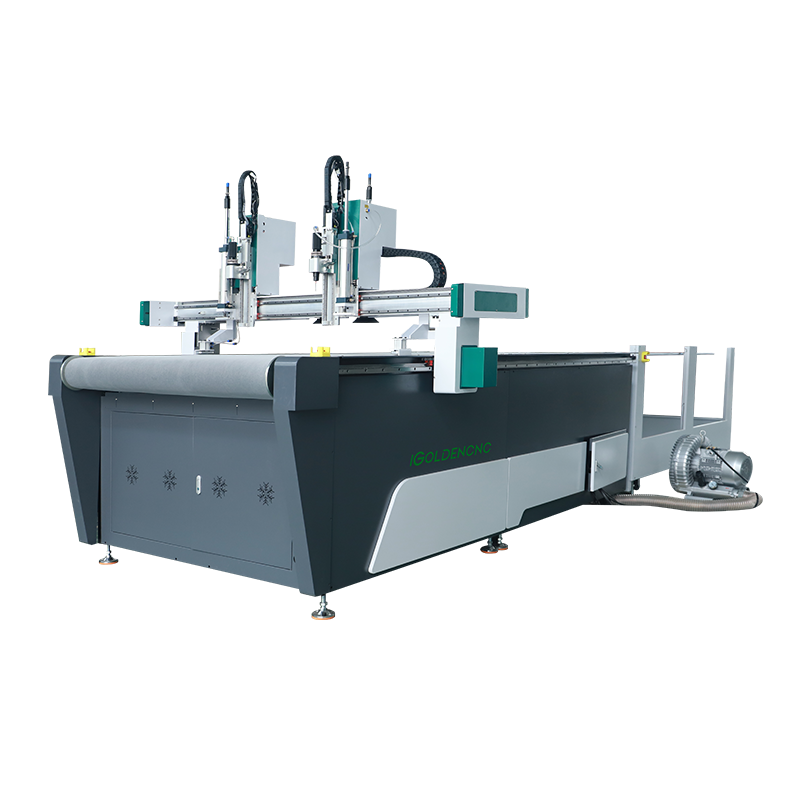Blog
How does the vibration knife help enterprises to increase productivity?
In the era of Industry 4.0, the innovation of cutting technology directly affects the production efficiency and cost control of the manufacturing industry. Although traditional cutting methods (such as lasers, mechanical blades, water jets, etc.) are widely used, they have long faced pain points such as insufficient precision, material waste, and efficiency bottlenecks. The rise of vibration knife cutting technology is promoting the innovation of industry productivity with subversive advantages. The following analyzes how the vibration knife reshapes the cutting process from three core dimensions.
1. Millimeter-level precision cutting: say goodbye to material waste and improve the yield rate
Traditional pain points: Laser cutting heat-affected zone is prone to material deformation, and mechanical blade cutting relies on manual calibration with a high error rate.
Advantages of vibration knife:
Through high-frequency micro-vibration (20,000-40,000 times/minute), the knife head replaces traditional friction cutting with “point-touch” cutting to avoid material deformation due to heat.
The accuracy can reach ±0.05mm, complex graphics are formed in one time, and rework and waste are reduced (typical industry data: composite material processing scrap rate is reduced by 60%).
Application scenarios: precision cutting of automotive interiors, processing of carbon fiber parts for aerospace.
2. Full material compatibility: breaking through the industry’s “cutting restricted zone”
Traditional limitations: lasers cannot cut flammable materials such as PVC, water jets are not friendly to absorbent materials, and mechanical blades wear out quickly.
Vibrating knife breakthrough:
Supports one-knife penetration from 0.1mm ultra-thin films to 50mm thick composite materials, and is compatible with more than 300 materials such as leather, aramid, honeycomb panels, and glass fiber.
The heat-free design completely eliminates the risk of carbonization of materials and ensures that the cutting edge is smooth and burr-free.
Case data: After a shoe material company adopted a vibrating knife, the cutting efficiency of high-elastic EVA increased by 3 times, and the yield rate exceeded 99%.
3. Intelligent flexible production: fast response, low energy consumption, cost reduction and efficiency improvement
Traditional dilemma: mold cutting requires frequent line changes, and the cost of small batch orders remains high.
Vibrating knife solution:
Digital files are directly connected to the device, and the knife head switching is completed in 5 minutes, supporting the delivery of multiple batches of orders on the same day.
The energy consumption is only 1/3 of that of laser equipment, and there is no consumable cost (compared with mechanical blades, the annual maintenance cost is saved by more than 100,000 yuan).
Enterprise evidence: After a packaging company connected to the vibration knife production line, the response speed of emergency orders increased by 80%, and the comprehensive production capacity increased by 210%.
As the manufacturing industry enters the deep waters of lean competition, vibration knife technology is not only a tool iteration, but also an evolution of production logic. From customized production to large-scale intelligent manufacturing, this technology is redefining the industry standard of “efficient cutting”.










